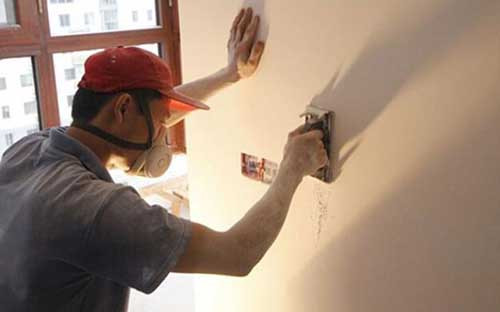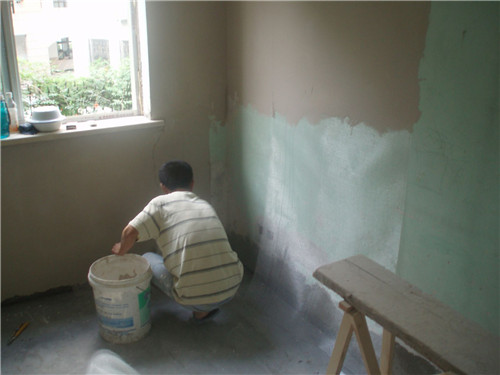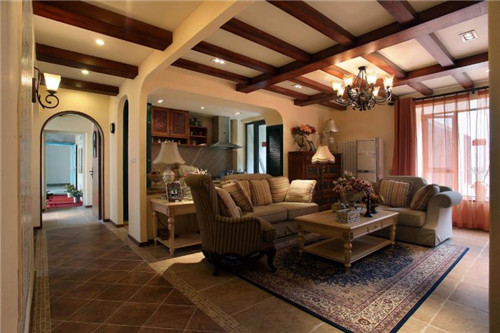What are the interior design styles which decoration style do you prefer?
Wall peeling is very common, and wall peeling not only seriously affects aesthetics, but also affects people's daily lives, so wall peeling needs to be dealt with in time. So how to deal with wall peeling , which material is good for wall? Those who want to know can take a look!

How to deal with wall peeling
1. Redo the wall
If the wall peeling is serious, it should be that the base of the wall is not done well, it is best to repaint the wall. The specific method is to shovel the original wall to the base of the wall, and then repaint it with sealing primer, and then level it with plaster, the entire wall is almost completed.
2. Erasing the peeling wall
How to deal with wall peeling? You can use a putty knife to shovel the bulging or peeling place, and then go to the market to buy the interface agent, use a small roller to dip the interface agent, apply evenly on the peeling area, and dry naturally to make up the peeling wall.

3. Make the first coat
You can make the first layer of primer on the wall. The specific method is: add an appropriate amount of white glue in the water, add putty powder and stir, use a batch knife to coat the interface agent coating, and coat it solidly and evenly. Because this is the first layer of draping, the requirements do not need to be too strict. It should be smooth with the original good wall around it, and finally dry naturally.
4. Frosted paper to smooth the wall surface
In addition to repainting the wall surface, you can also use sandpaper to smooth the wall surface. After the wall is naturally dried, use 50 # sandpaper to smooth out the peeling part of the wall, and then use 120 # sandpaper to polish it. After the wall is polished, you need to use the incandescent light bulb to shine on the unevenness of the wall. If the protrusions are more obvious, you can use a 3m long aluminum alloy frame to flatten the wall, and then dust and polish according to the specific situation.

Which material is good for the wall
1. Diatom mud
Diatom mud is familiar to everyone. It is the most commonly used material on the wall. It uses diatomite as a raw material to regulate indoor humidity, purify the air, and deodorize. The texture of diatom mud is very delicate. It is necessary to smooth the wall surface during construction to achieve a better decorative effect. However, the material of diatom mud is not waterproof and cannot be wiped, so be careful when you take care of it.
2. Artificial jade slab
Many families also like to use artificial jade slabs, which have good stone light transmission effect, small color difference, and high plasticity, and are suitable for use on walls of different shapes. The characteristic of this decorative material is that it is relatively heavy and is a natural stone, and it is not easy to fall off and not broken after construction, and is easy to transport.
3. Timber
Now wood is also one of the important decorative materials in the interior, such as walls, doors, windows, floors, etc. can use wood as a decorative material. It is characterized by its rigidity and good toughness, which is good for shaping, but the wood is easy to deform and has a limited service life.

Editor's quote: The above is information about how to deal with wall peeling and which material is good for the wall. I hope it will help you! Wall peeling is a normal phenomenon, but in order to avoid maintenance trouble, everyone must choose good quality and durable materials.
What, the decoration still uses his own money? ! The Qi family is decorated in installments, with an ultra-low annual interest rate of 3.55% and a maximum loan of 1 million. Apply now to enjoy the discount
How to deal with wall peeling
Kids Wallpaper,Waterproof Pvc Vinyl Wallcovering,Pvc Morden Wallpaper,Non Woven Kids Wallpaper
SHAOXING VIGOUR DECORATION MATERIAL CO.,LTD , https://www.vigourwallpaper.com